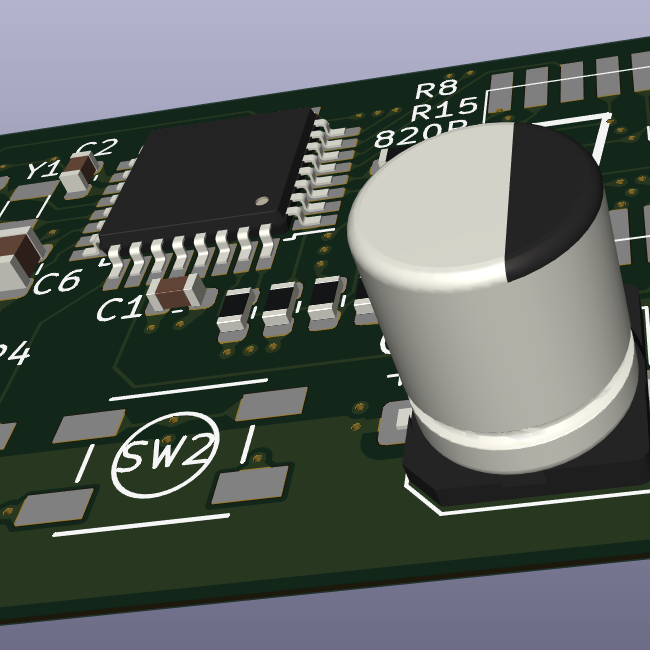I’m working on implementing the PID compensator on the top of page 20 here. I’ve already got a circuit working, but it oscillates a ton, and I was hoping to tune it with a better strategy than just guess and check.
The datasheet doesn’t go into a lot of detail on how it’s supposed to work, but I found a whitepaper that covers single-stage PID compensators in more detail here.
I’ve got this compensator working, I’ve modeled it in spice and the poles and zeroes show up where they should, but I have no idea how to actually tune it to my system.
My understanding is that I need to fit the equation (3) on the second link to the form kp + kds + ki/s, but it’s an algebraic nightmare.
What I’m hoping for is some derivation of the PID constants in terms of the components in my system. Then I can work on one of the many tuning methods. The datasheet even assigns names to components implying that they’re responsible for setting one of the constants (Cd and Rd for derivative term for example), but I’m fairly certain they can’t be completely isolated like that.
Also, if the answer is just that I need to re-learn how to do partial fractions, I’m okay with that.


Lol this is probably a major shot in the dark, because I have no idea what you’re talking about. But incase it helps lol, I remember at uni, a lecturer talking about PID once, and they changed the time to 1 second, and since you don’t need to multiply/divide by 1, it reduced the complexity of the algebra.
(You can also use a base of that like 0.001 or whatever and multiply it back out).
Again no idea if this has anything to do with it but yeah.